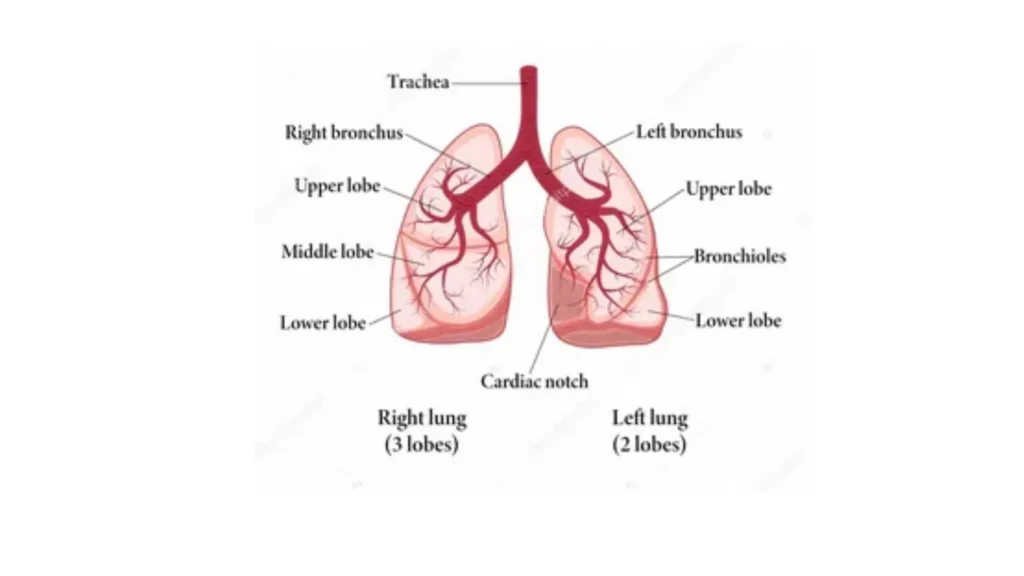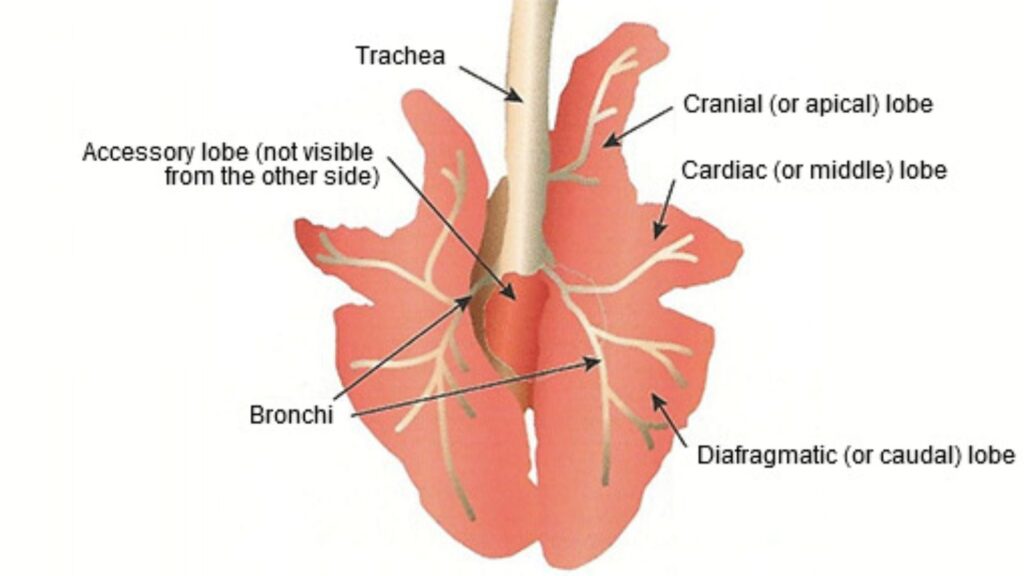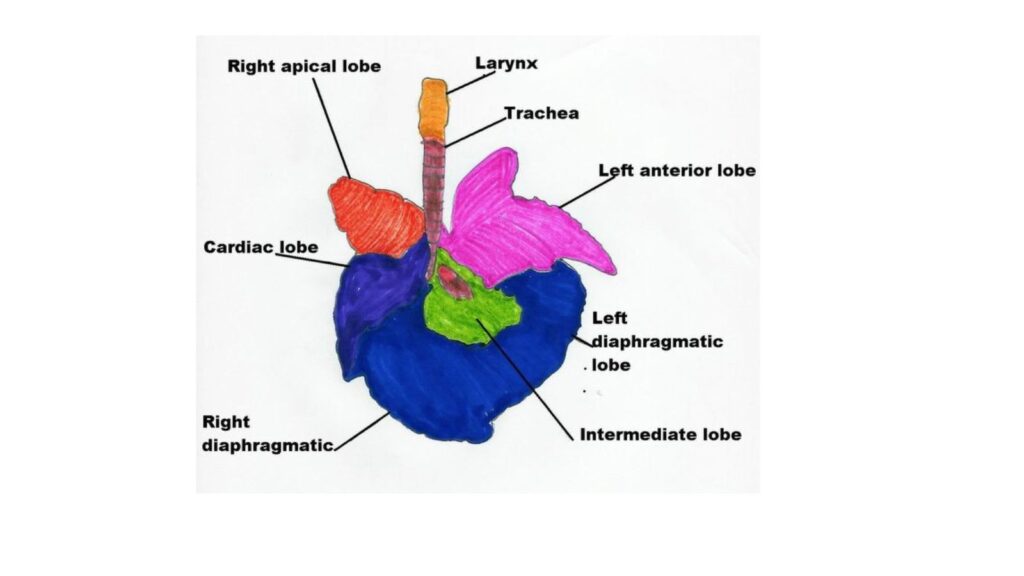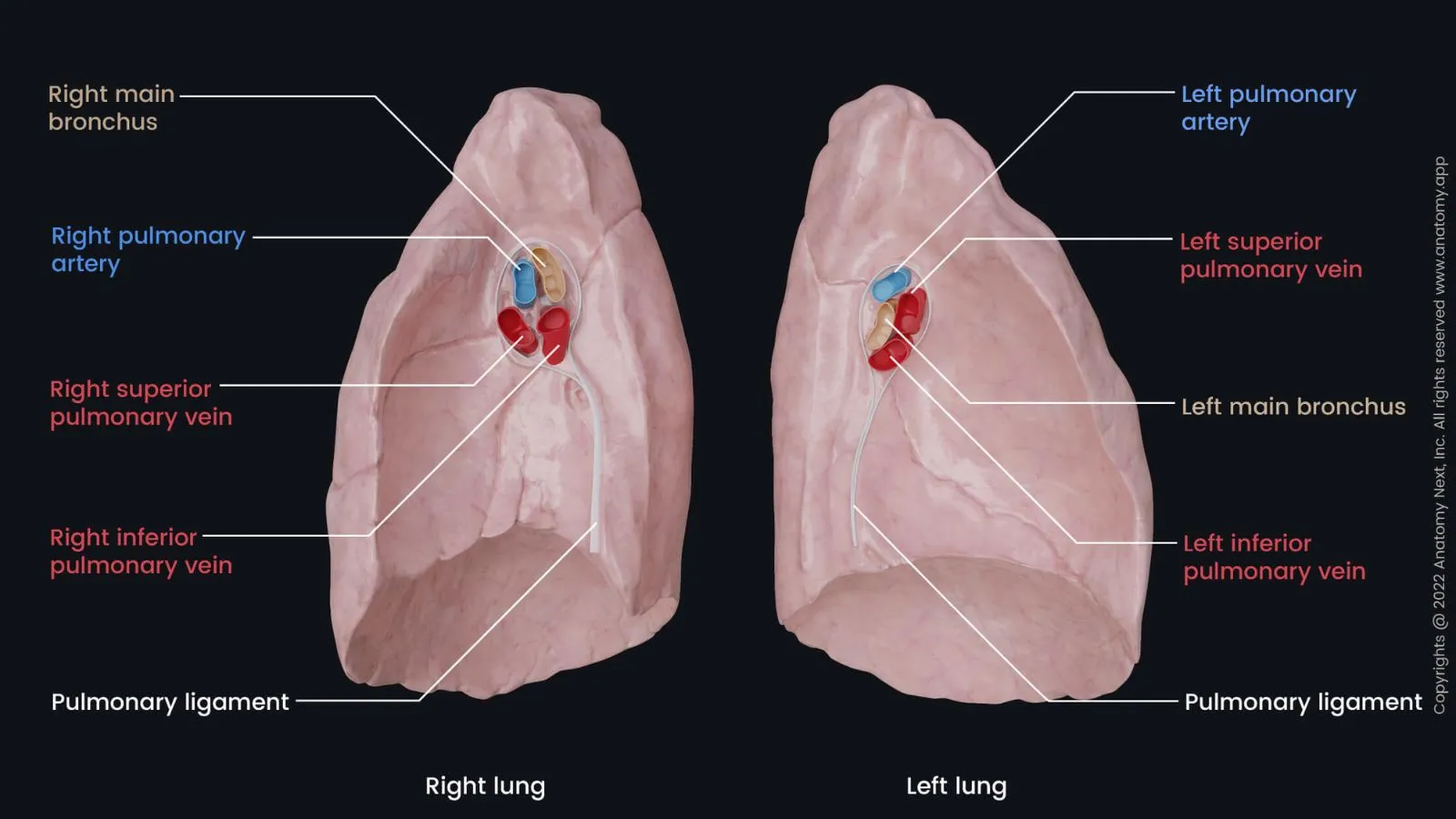People searching “pig lungs for education” want to know why colleges and universities use them in classrooms and what makes them vital for science education. People enquire about their safety, authenticity, and how these aid in teaching students about human anatomy.
Biology and medical educators use pig lungs because they match human lungs in size, structure, and function.. This helps students learn how breathing works, how diseases affect the lungs, and how air travels through the respiratory system. This article clears up confusion about their use, explains ethical sourcing, and shows why pig lungs are an effective educational tool around the world.
Why Schools Use Pig Lungs for Education

Pig lungs give students a hands-on learning experience that no textbook can match. Inflated pig lungs show air movement and oxygen exchange. Anatomy labs use them for:
- They are anatomically close to human lungs.
- They demonstrate real tissue texture and elasticity.
- They are affordable and ethically sourced from food industry byproducts.
- They help visualize the effects of smoking or lung disease.
Why Educators Use Pig Lungs

Educators choose pig lungs for classroom demonstrations. These organs match human lungs in size, structure, and function, making them ideal for teaching respiratory anatomy.They serve as a valuable resource for:
Teaching the effects of smoking and lung disease
Demonstrating lung inflation and deflation
Exploring bronchial tree anatomy
Understanding gas exchange and alveolar function
Educational Benefits of Pig Lungs

Using pig lungs in classrooms offers several advantages:
| Benefit | Description |
|---|---|
| 🧠 Realistic Learning | Students engage with actual biological tissue, improving retention and understanding |
| 🔬 Accurate Anatomy | Pig lungs mimic human lung structure, making lessons more relevant |
| 🚭 Health Awareness | Demonstrations show the impact of smoking and pollutants on lung health |
| 📚 Curriculum Support | Aligns with biology, anatomy, and health science standards |
Which Spelling or Term Should You Use?
| Audience | Preferred Usage | Notes |
|---|---|---|
| United States | Pig lungs for education | Common in biology and anatomy teaching. |
| United Kingdom / Commonwealth | Pig’s lungs for educational use | Slightly more formal or pluralized phrasing. |
| Global (Academic) | Educational pig lungs | Used in research, lab catalogs, and scientific discussions. |
Misconceptions About Educational Pig Lungs
- Many people mistake them for plastic models; manufacturers preserve actual organs for educational use.
- Confusing pig lungs with human lungs — similar in structure, not identical.
- Some believe they’re unethical; suppliers usually obtain them as byproducts, not through animal testing.
- Mislabeling them as unsafe – Properly preserved lungs are safe for classroom use.
- Improper storage ruins pig lungs; educators must store them correctly to keep them usable.
Pig Lungs in Everyday Educational Contexts
Teachers use pig lungs in biology labs; they show the respiratory process.
Medical students dissect lungs in universities to learn about anatomy and pathology.
In exhibits or museums: Put on display to inform guests about the biology of animals.
In the media: Science programs demonstrate the dangers of smoking by using inflated pig lungs.
Online courses frequently use videos to show lung structure and expansion.
Pig Lungs for Education – Google Trends & Usage Data
Recent data from Google Trends indicates:
- The months of March through April and September are when the most searches for “pig lungs for education” occur.
- The highest interest comes from the United States, the UK, Canada, and Australia.
- Queries often link to “buy preserved pig lungs,” “pig lung dissection,” and “anatomy teaching tools.”
| Country | Popularity (Google Score 0–100) | Common Related Search |
|---|---|---|
| USA | 95 | Pig lungs dissection kits |
| UK | 88 | Educational animal organs |
| Canada | 82 | Anatomy teaching specimens |
| Australia | 79 | Preserved lungs for schools |
| India | 60 | Human respiratory system models |
Frequently Asked Questions (FAQs)
1. Are pig lungs real or synthetic?
Most pig lungs used in education are real and preserved safely for anatomy lessons.
2. Are they safe for students to handle?
It is safe if sourced from reputable suppliers and used under supervision.
3. Why not use human lungs?
Human lungs are rare, expensive, and ethically complex. Pig lungs are a close and safe alternative.
4. Do pig lungs smell bad?
Technicians treat preserved lungs with chemicals to reduce odor and prevent decay.
5. Where do schools buy pig lungs?
Educational suppliers and science catalog companies provide them, often as food industry byproducts.
6. Are there virtual alternatives?
Yes, digital 3D models and videos are available for remote learning.
Do medical trainers use pig lungs in training?
Yes — for demonstrating surgical techniques and lung function experiments.
Comparison Table: Pig Lungs vs Human Lungs
| Feature | Pig Lungs | Human Lungs |
|---|---|---|
| Size | Slightly smaller | Larger |
| Structure | Very similar | Standard |
| Texture | Elastic, pink | Elastic, pink |
| Function | Same oxygen exchange | Same oxygen exchange |
| Ethical Use | Byproduct (non-experimental) | Limited, regulated |
Conclusion
Pig lungs for education play a vital role in helping students visualize and understand respiratory anatomy. They bridge the gap between theory and real-world biology by offering tangible experience. Ethically sourced and affordable, they provide a safe, realistic, and engaging way to explore how lungs work.
As science education evolves, pig lungs remain one of the most trusted teaching aids — combining biology, anatomy, and compassion for ethical use. They continue to inspire curiosity and understanding in future scientists in schools and universities.


Leave a Reply